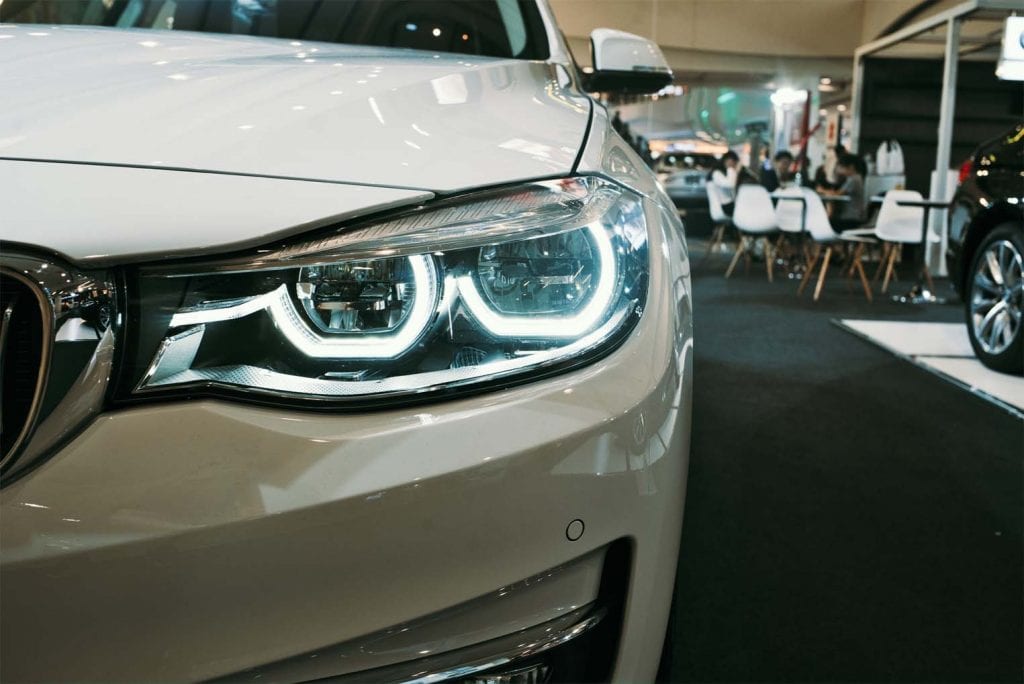A prestigious robotics company (Arbe Robotics Ltd) recently announced that it had obtained the funding required to produce a new chipset for 4D imaging radar – which will allow self-driving cars to rely on images that are 100 times more detailed than those that used in present time. The motor behind the new system is radar – which uses radio waves as opposed to light waves (the latter are used by Lidar systems). If in the past, Lidar was considered superior in terms of detail of imagery, this is no longer the case thanks to the new chipset, which also separates, identifies, and tracks items in optimal resolution. Radar will eventually be used to track the angle and elevation of objects, spanning a wide range of vision that will boost road safety.
The World’s First 4D High-Resolution Imaging Radar
The Arbus systems will be the world’s first 4D high-resolution imaging radar for road vehicles. As reported by Fierce Electronics’ Kobi Markeno, 4D high-resolution imaging is one of the autonomous vehicle industry’s most groundbreaking technologies. This is because “4D picture offers real-time obstacle detection that works in all weather and lighting conditions.”
The technology comes at a perfect time — one when the utility and safety of self-driving vehicles is frequently questioned by the media, as a result of the plethora of recent crashes. The system is expected to affect consumer demand for vehicles that can offer families the safety they require. Both small and large cars on the market can avail of this technology, Indeed, 4D is predicted to be the future of all road vehicles due to its sophistication and reliability.
Detail is Key
Incidents such as the recent Uber self-driving vehicle crash (actually deemed to be the driver’s fault) have led many to question whether or not human beings are ready for the self-driving car onslaught, but they also point to the importance of superior sensor systems that are sophisticated enough to capture all the detail required. Because 4D has the ability to detect obstacles and vehicles at the longest range of all sensors, it is particularly useful to the self-driving vehicle industry.
The new 4D system also detects items within a wide 100º-field view at 1º azimuth and 2º in elevation. It can spot items that are 1,000 feet away, accurately detecting their size, speed, and exact location. Because it also detects elevation, it can differentiate between moving objects (cars, motorbikes, etc) and stationary ones (such as bridges and other road variations that are not safety hindrances).
Always Reliable
One of the most important features of autonomous vehicle imaging technology, is reliability. Thus far, 4D is the top choice when it comes to driving in poor conditions – think rain, fog, and nighttime driving. The new system also measures the radial velocity of objects, improving the vehicle’s ability to track vehicles, people, and animals on the road.
Self-driving vehicles were already supposed to be somewhat of a norm, yet the complexity of developing safe systems and the recent spate of mishaps and accidents suggest that it is impossible to accurately predict the authentic advent of this technological advancement. 4D radar is a big step in the right direction, thanks to its ability to detect objects at a wider, longer range. High-resolution imaging is no longer a luxury; it is a necessity if the autonomous car vehicle industry is to advance (albeit much later than experts initially predicted).
